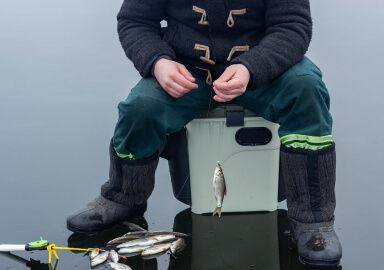Mullet Snapper
A different kind of snapper: mullet snapper stands apart from all other snappers with its schooling behaviour and preference for mid-depths, and is a prized catch for anglers across the Pacific coast.
View 6 listings
6
listings
–
price starting from
4
countries
–
to the nearest trip
Where and When?
The mullet snapper is found along the Pacific coastline from Mexico down to Peru, with popular fishing destinations including Costa Rica, Panama, andEcuador. The best time to target mullet snapper is during the warmer months, from late spring through early autumn, when they gather in larger schools and feed more actively.
About Mullet Snapper
The mullet snapper (Lutjanus aratus), also known as the Pargo Lisa, is a large and vibrant fish found primarily in the Pacific waters of Central and South America. It has a sleek, elongated body and bright reddish-pink scales with yellowish-white centers. The spine is darker, often of dark green, and the belly is lighter, to almost white. The mullet snapper prefers deeper waters than most other snappers, and is often found as deep as 50 meters from the surface.
Mullet snapper often reaches lengths of up to 1 meter (39 inches) and weights of over 30 pounds; the current angling world record is 45 lb., but captains and guides along the species’ distribution range report even bigger, though unregistered catches. If you want to see your name entered in angling record books, this fish might be for you.
Mullet snappers are known for their aggressive feeding habits, preying on smaller fish, squid, and crustaceans. Unlike many other snappers, they are schooling fish, often moving in large groups around reefs, rocky drop-offs, and underwater structures. They’re particularly prized in sport fishing circles not only for their strength, powerful runs and endurance, but also for their firm, white flesh, which makes them an excellent choice for the table.
How to Catch?
Mullet snapper are strong fighters, making them a rewarding catch for anglers. These fish are typically found inshore around rocky reefs, islands, and submerged ledges, though they can also be caught further offshore in certain locations. Bottom fishing, especially with live bait, is perhaps the most effective method. Bait such as sardines, mullet, or squid is irresistible to these hungry predators.
Drift fishing or casting near underwater structures is also productive, especially with jigs or soft plastics that imitate the snapper’s prey. For those fishing from a boat, trolling along rocky shorelines with large plugs or spoons can yield excellent results, as the mullet snapper is known for its aggressive strikes. When targeting mullet snapper around reefs or rocky areas, use medium to heavy tackle to handle their power and prevent break-offs against the structure.
Mullet snapper are often found in schools, so once you hook one, there’s a good chance of more action in the same spot. They’re often caught during the day, with peak activity early in the morning and late in the afternoon. With their strong runs and determined fights, landing a mullet snapper is an exciting experience for any angler, offering a mix of challenge and reward that’s hard to beat.
Listing Types
Similar Species
 Black Snapper
2 offers
Black Snapper
2 offers
 Blackfin Snapper
2 offers
Blackfin Snapper
2 offers
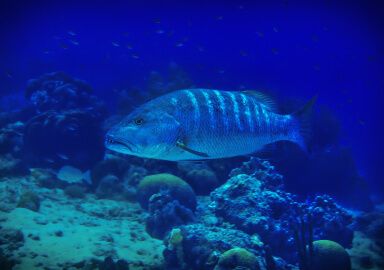 Cubera Snapper
30 offers
Cubera Snapper
30 offers
 Gray Snapper
5 offers
Gray Snapper
5 offers
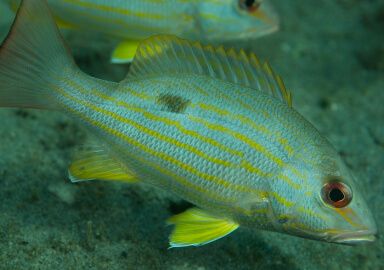 Lane Snapper
14 offers
Lane Snapper
14 offers
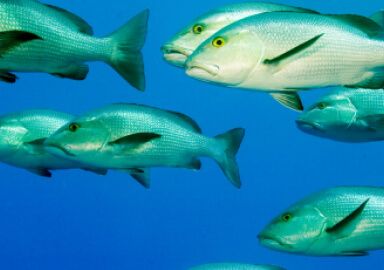 Mangrove Snapper
42 offers
Mangrove Snapper
42 offers
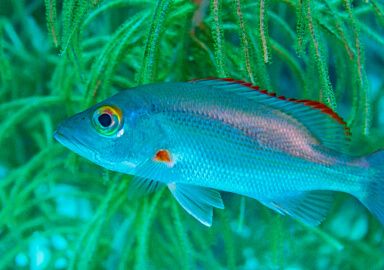 Mohogany Snapper
1 offer
Mohogany Snapper
1 offer
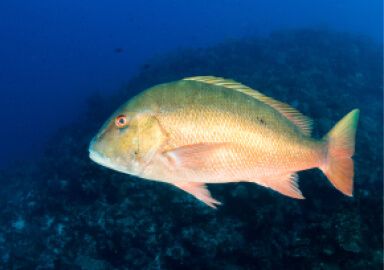 Mutton Snapper
23 offers
Mutton Snapper
23 offers
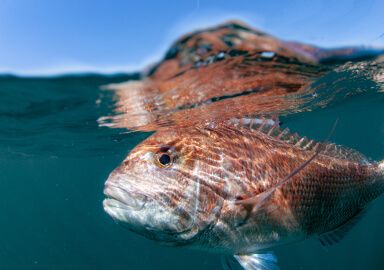 Pink Snapper
2 offers
Pink Snapper
2 offers
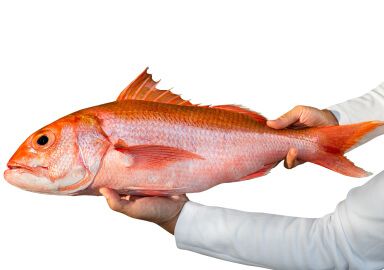 Queen Snapper
6 offers
Queen Snapper
6 offers
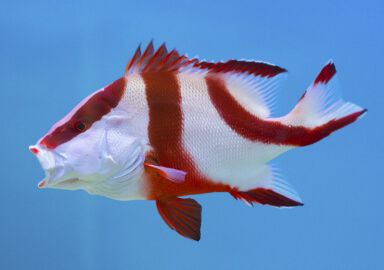 Red Emperor Snapper
7 offers
Red Emperor Snapper
7 offers
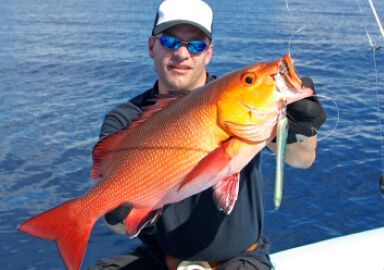 Red Snapper
101 offers
Red Snapper
101 offers
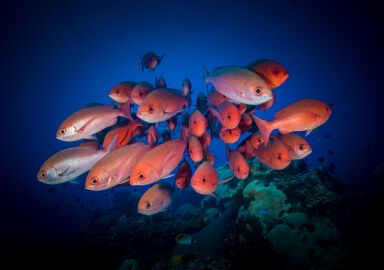 Short-Tail Red Snapper
1 offer
Short-Tail Red Snapper
1 offer
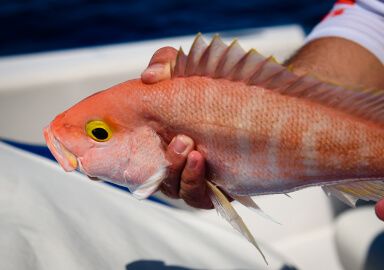 Silk Snapper
3 offers
Silk Snapper
3 offers
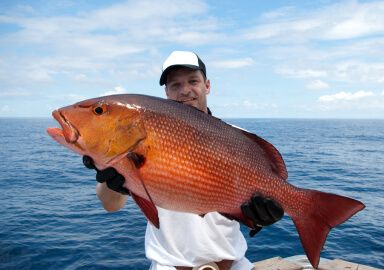 Snapper
278 offers
Snapper
278 offers
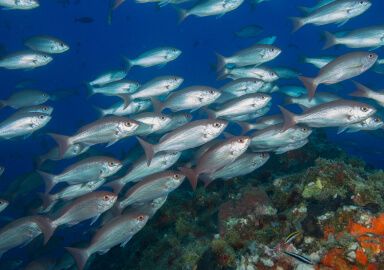 Vermilion Snapper
13 offers
Vermilion Snapper
13 offers
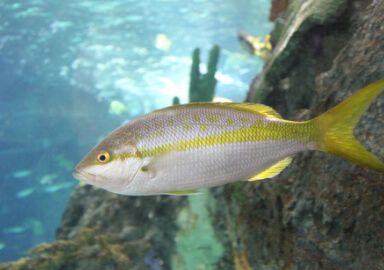 Yellowtail Snapper
27 offers
Yellowtail Snapper
27 offers



